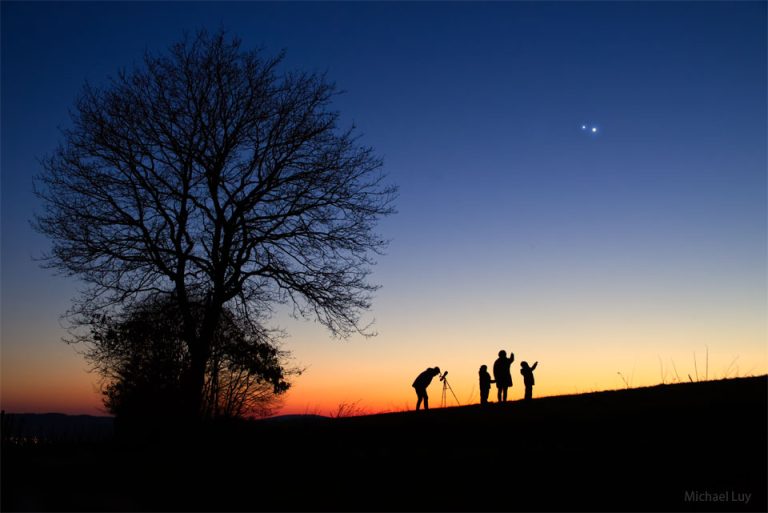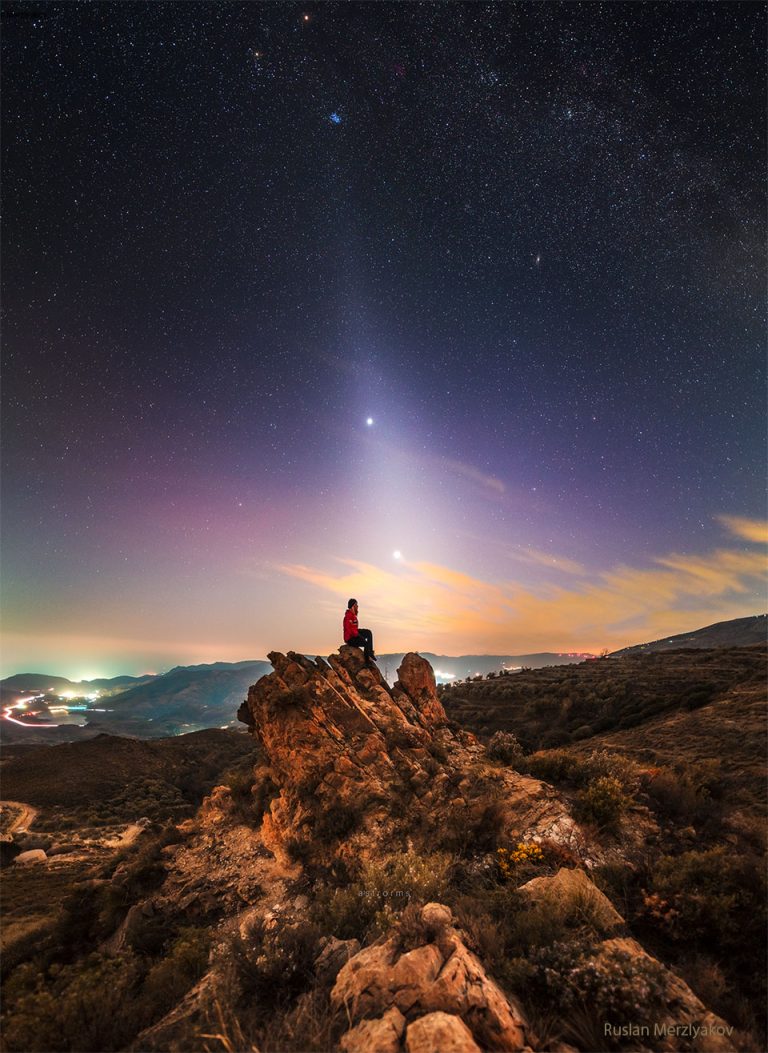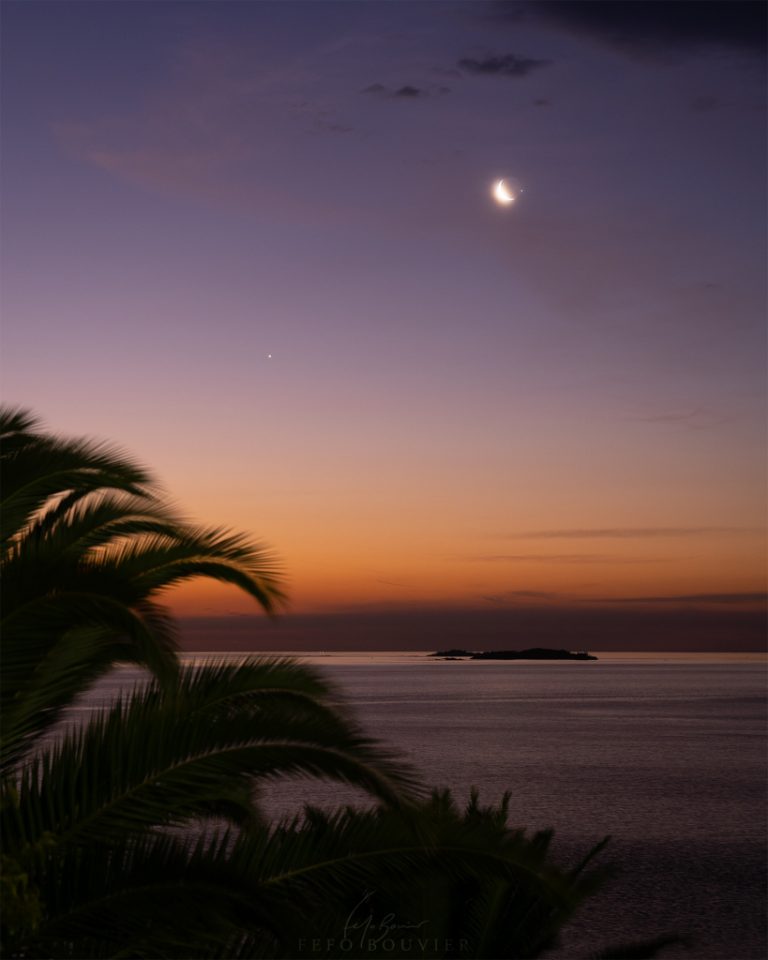金星的火山
Maat Mons, a volcano on Venus that has shown signs of a recent eruption, is in the black square near the planet’s equator in this annotated, computer-simulated global map of Venus’ surface. Scientists discovered direct geological evidence of recent volcanic activity on Venus by poring over archival radar images taken over 30 years ago by NASA’s Magellan mission. The images revealed a volcanic vent changing shape and increasing significantly in size in less than a year. Learn more about Maat Mons and NASA’s new mission to study Venus from surface to core. Image Credit: NASA/JPL-Caltech 在这张有注释的、计算机模拟的金星表面全球地图中,金星上的马特蒙斯火山位于赤道附近的黑色正方形中,最近有喷发的迹象。 科学家们仔细研究了30多年前NASA麦哲伦任务拍摄的档案雷达图像,发现了金星最近火山活动的直接地质证据。这些图像显示,在不到一年的时间里,一个火山口的形状发生了变化,规模也在显著扩大。 了解更多关于马特蒙斯火山和NASA从表面到核心研究金星的新任务。 图片来源:NASA/JPL-Caltech










